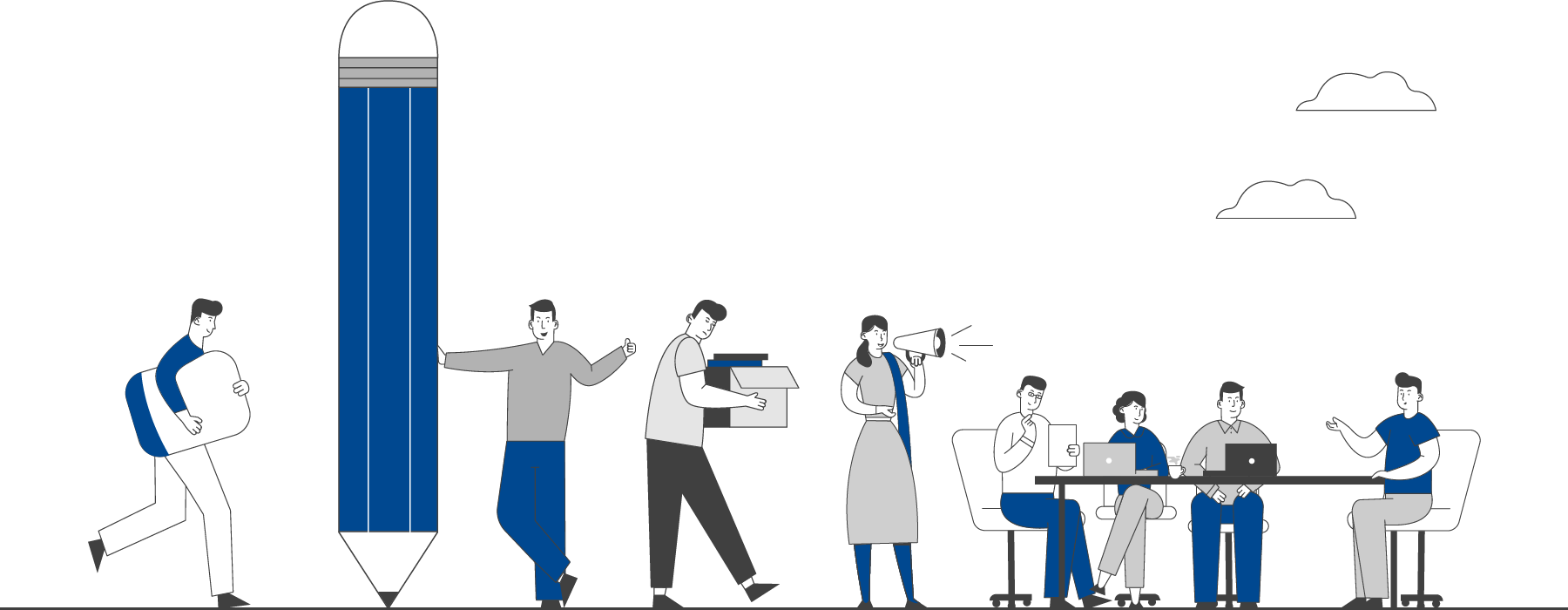

Browse this section for recent public health research and data from India and the world.
Evidence
FILTER
BY CATEGORY
View All
India’s ICDS Program: Equity and Extent of Coverage
14 Oct 2021by Chakrabarti S et al 15 MIN READ
This study investigates the coverage and equity of India’s Integrated Child Development Services program across the continuum of care from pregnancy to early childhood, before and after the program was expanded to provide universal access. This study has used data from nationally representative surveys in 2005–2006 and 2015–2016. It has assessed changes in the equity of use of program services by socioeconomic quintile, caste, education and rural or urban residence. Wealth, maternal education and caste showed the largest positive associations with use of services. However, expansion in service use varied at the sub-national level. Although overall use had improved and reached marginalized groups such as disadvantaged castes and tribes, the poorest quintiles of the population were still left behind, especially in the largest states that carry the highest burden of undernutrition. India’s policy reforms have increased coverage of the program at the national level, including for marginalized groups. With further scaling-up, the program needs to focus on reaching households from the lowest socioeconomic strata and women with low schooling levels. It is a useful study for policy makers. Click here to read the study.


 EXPLORE DATA
EXPLORE DATA 



























